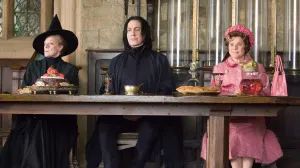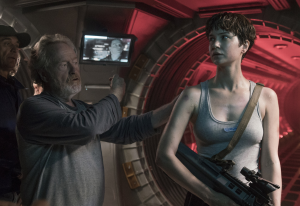Naruto is packed with brutal fights, emotional gut punches, and enough tragic backstories to make anyone weep. But what you see in the anime is the watered-down version. Turns out, between broadcast restrictions and the series’ editorial team, a lot of key moments were censored, sometimes to ridiculous levels. Anime censorship is nothing new, but Naruto’s case stands out because of how much its darker themes and intense violence were dialed back. At its core, the series isn’t just about flashy jutsu and ninja battles, it’s a story filled with war, loss, and moral ambiguity.
Videos by ComicBook.com
However, many of its most impactful moments had to be altered to fit TV standards, sometimes changing the tone of entire scenes. Blood was erased, character deaths were softened, and anything deemed too disturbing was either reworked or cut out entirely. Whether it was a gruesome execution that got scrubbed clean or a dark character moment that was swapped out for something ‘safer,’ Naruto has had a history of controversial censorship that left fans either confused or straight-up annoyed.
1) Tayuya’s Nightmare Fuel Got Downgraded to a Mild Inconvenience
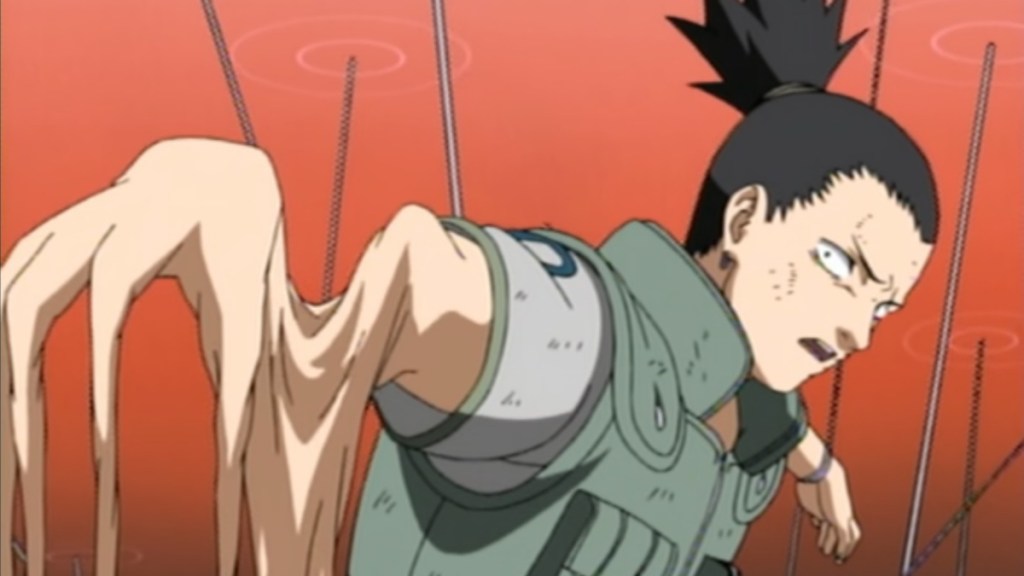
In Naruto Chapter 208, Tayuya’s genjutsu unleashes a scene that’s pure horror: Shikamaru’s arm melting away in a grotesque display. The transformation is so brutal that not only does the flesh dissolve into a nightmarish liquid, but fragments of bone break through the melting tissue, an image that screams sheer, bone-curdling terror. This is psychological warfare at its most savage.
But then comes the anime. Instead of the unflinching, visceral horror of a hand disintegrating into bone and flesh, we get a sanitized version. Shikamaru’s arm’s flesh melts into a rubbery, almost cartoonish substance with no hint of exposed bone, trading away the raw, brutal impact of the original. Not only did this controversial censorship make Tayuya’s genjutsu feel way weaker, it also downplayed how much of a genius Shikamaru was for breaking out of it.
2) Shikamaru’s Post-Asuma Tribute Got Nerfed

In Naruto Chapter 328, Shikamaru lights up a cigarette right after Asuma’s death. This was one of those rare, wordless storytelling moments that hit hard. A quiet salute that said, “I lost my mentor, and now I must shoulder the weight of responsibility.” It wasn’t just about smoking; it was a subtle nod to Asuma and a raw, understated expression of grief that marked Shikamaru’s reluctant step into adulthood.
In Episode 80 of the Naruto Shippuden anime, and even in the current version hosted by Viz Media, however, this moment was censored. Instead of the manga’s emotional gut punch, Shikamaru simply opens and closes the lighter like a fidgeting, edgy teen. While we understand the anti-smoking policies at play, the deep symbolism was completely lost. Ironically, later in Boruto, an adult Shikamaru is shown smoking without a hint of censorship, highlighting the inconsistency and making it hard not to wonder why such a defining, heartfelt moment was sanitized in the adaptation.
3) Kakashi’s Chidori on Haku Was Heavily Sanitized
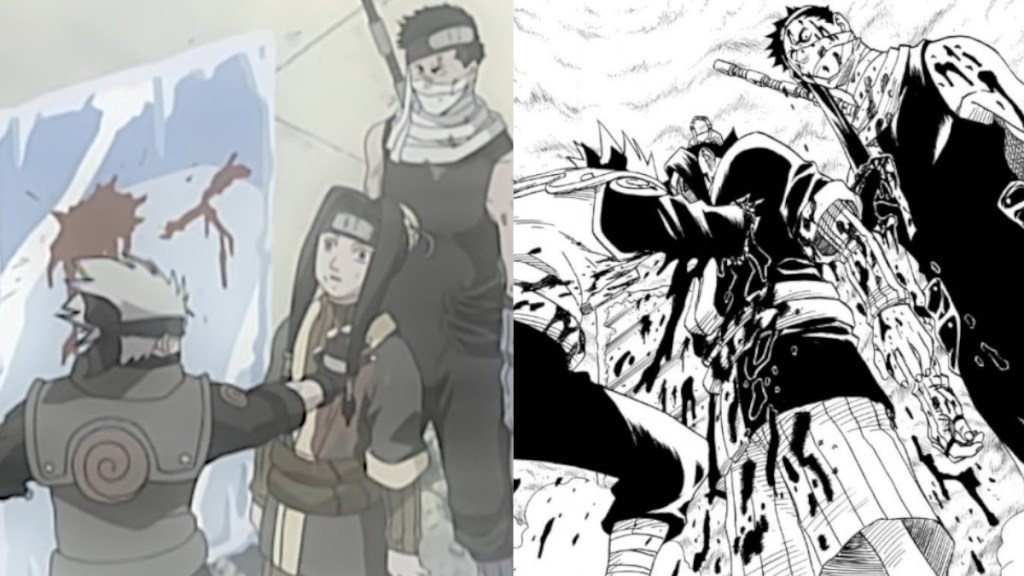
Kakashi’s Chidori is a one-way ticket to the afterlife, and in the manga, Haku gets the full, brutal experience. Kakashi’s electrified hand pierces straight through his chest, leaving a bloody, gaping hole that makes it painfully clear just how lethal the technique is. The tragedy of Haku’s sacrifice hits even harder when you see how violent his end really was.
The anime, however, barely shows the aftermath of the actual attack. Instead of lingering on the bloody hole the technique makes, they cloak the impact in a bright flash of light. You still see Haku’s pained expression, hear the sizzle of Chidori piercing flesh, and see a good deal of blood, but the actual gory result of the technique is strategically censored.
4) Tsunade’s Flashback Went from Horror Movie to Mild Tragedy

Tsunade’s blood phobia isn’t just some random quirk. It’s rooted in trauma severe enough to justify a Kage-level ninja having PTSD at the mere sight of the red liquid. In the manga, when Tsunade tries to save her lover Dan, the scene is a full-on horror show. Every time she pumps chakra into his body, his wounds explode with blood, drenching her from head to toe as she desperately tries to keep him alive. It’s gruesome, it’s tragic, and it makes her fear completely understandable.
The anime dials that way back. The excessive blood was erased, and Dan’s death became a much tamer, more ‘TV-friendly’ scene. While it was still sad, it was nowhere near as gut-wrenching as the manga. Worse, this controversial censorship takes away from Tsunade’s character, making it seem like such a legendary shinobi has a mental breakdown whenever she sees blood for apparently no substantial reason at all.
5) Orochimaru’s Torture Dungeon Got a Soft Makeover

Orochimaru is Naruto’s resident nightmare fuel, and his human experiments are straight-up horror material. In chapter 121 of the manga, when Hiruzen stumbles upon Orochimaru’s secret lab, it looks like something out of Saw: bodies strung up, dismembered limbs tossed around like decorations, and Orochimaru just casually working on his next victim.
Episode 72 of the Naruto anime censored that significantly. We got a dark, creepy room with a few vague hints of unethical science happening, but nothing outright horrifying. Turning a scene that was supposed to solidify Orochimaru as an absolute monster into something that looked more like a shady backroom experiment than a full-blown torture chamber.
[RELATED – 7 Funniest Censorship Moments in Anime That Made No Sense]
6) Zabuza’s Decapitation of Gato Was Ruined

The Land of Waves was many fans’ first real taste of Naruto’s dark and brutal side, and Zabuza Momochi’s final moments were a gut punch of raw emotion. Once a cold-blooded assassin, Zabuza treated Haku like a disposable tool. Until Haku’s death shattered that illusion. The manga held nothing back. Injured and grief-stricken, Zabuza went full berserker mode on Gato and his goons, proving he actually did care about the young shinobi he had taken under his wing.
But the most brutal moment was the climax. In one vicious swing, Zabuza cut off Gato’s head, sending it tumbling across the bridge in a grotesque, almost poetic finish. No cutaways, no censorship. Just Zabuza’s raw fury immortalized in ink. The anime, though? It played it safe. Zabuza still tore through Gato’s goons with feral intensity, but when it was time for Gato to receive his killing blow, the scene was changed. Instead of a head soaring through the air, Gato got stabbed, shoved off the bridge, and drowned. The emotion was still there, but the edge? Gone.
7) Neji’s Cursed Seal Design Was Changed

The Hyuga Clan’s Cursed Seal was the ultimate symbol of their messed-up family dynamics. The Branch Family was branded with it at a young age as a permanent reminder of their servitude. And if they ever stepped out of line, the seal could be activated remotely to cause excruciating pain or even death. In chapter 102 of the manga, Neji’s seal was revealed for the first time to be a Manji, a left-turning Buddhist swastika.
Unfortunately, the symbol bore an unfortunate resemblance to the Nazi party emblem, and as such, was bound to stir controversy in Western markets despite being completely unrelated. To avoid the unnecessary outrage, episode 61 of the Naruto anime redesigned the seal into a less controversial shape. This seemingly small change actually stripped the seal of some of its cultural weight. The original design tied the Hyuga Clan’s oppressive traditions to deeper real-world influences, while the anime’s version felt more like a generic magic symbol.
8) Naruto Catching a Kunai vs Getting Stabbed by it

The manga and anime versions of Naruto’s fight with Kabuto are wildly different. In Chapter 167 of the manga, things get brutal. Trying to protect an incapacitated Tsunade, Naruto takes Kabuto’s kunai head-on, letting it impale his palm in a desperate move to pin the older shinobi in place for a few precious moments. The move is bloody and makes sense tactically, with Naruto quite literally sacrificing his body to land a Rasengan on Kabuto.
Then there’s Episode 94 of the anime. Naruto casually catches Kabuto’s kunai between his fingers like it’s nothing, with just the tiniest trickle of blood. Aside from taking away from Naruto’s powerful display of resolve, this controversial censorship also makes Kabuto look incredibly incompetent. His predicament suddenly feels out of place; a confusing plot convenience rather than a logical, tension-building moment.
9) The Sound Ninja’s Brutal Defeat Was Changed
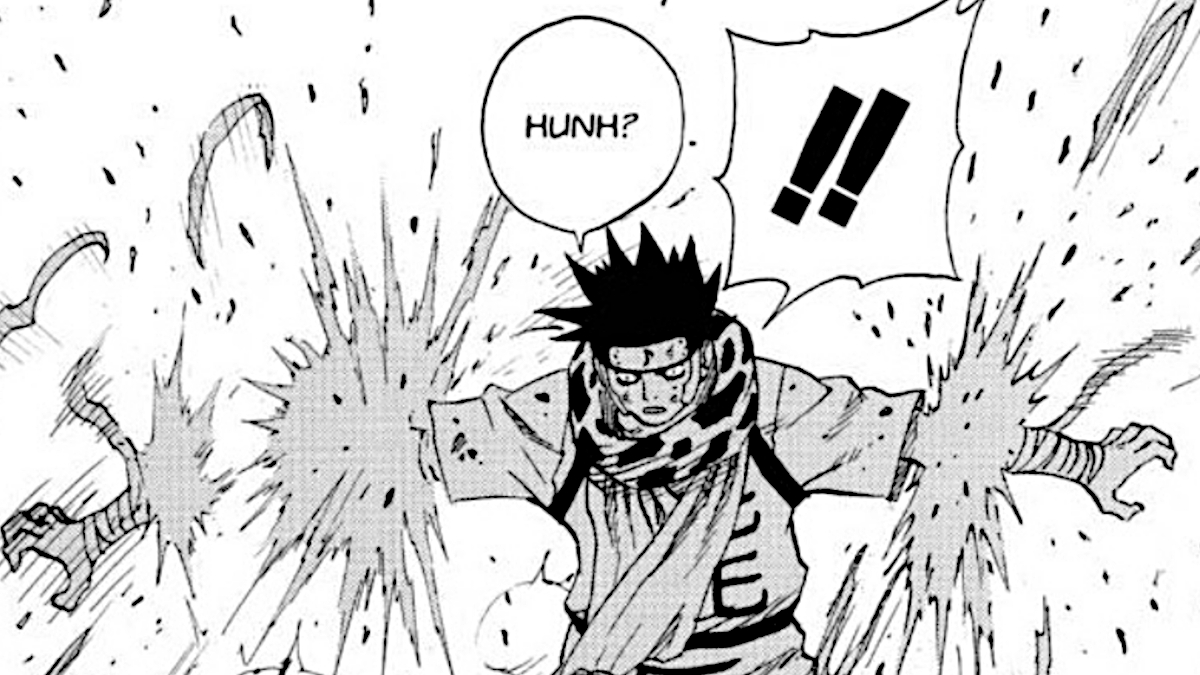
The Chunin Exams arc had some of the most intense one-on-one battles in early Naruto, and Shino vs. Zaku was one for the books. Zaku, one of Orochimaru’s Sound Village lackeys, relied on powerful air pressure blasts from the tubes in his arms. In the manga, Shino’s army of insects clogged these airways, causing Zaku’s next attack to backfire spectacularly. The built-up pressure quite literally blew his arms off, leaving him a gruesome, mangled mess.
The anime, unsurprisingly, opted for a less horrific version. Instead of blown-off limbs, Zaku just suffered some internal damage. This controversial censorship took away a lot of the fight’s shock factor. In the manga, this scene cemented Shino as more than just a quiet strategist, it proved he could be absolutely ruthless. In contrast, the anime’s toned-down approach made the victory feel less intense and stripped away some of Shino’s cold, calculating menace.
10) Kimimaro’s Bone Abilities Were Censored

Kimimaro’s Shikotsumyaku, or Dead Bone Pulse, was the definition of nightmare fuel in the Naruto manga. As the last surviving Kaguya Clan member, he could manipulate his own bones, forcing them out of his body to use as deadly weapons. And the manga made sure you felt every second of how unnatural and painful this ability was. Whenever Kimimaro pulled a bone from his body, the manga showed skin and muscle tearing, painting a grotesque, bloody picture. It was disturbing, and it reinforced that Kimimaro’s power was as much a curse as it was a weapon.
The anime, however, sanitized these moments heavily. Kimimaro’s bones slid out cleanly with zero blood or visible trauma, making the whole thing look weirdly painless. This censorship stripped away a major part of what made Kimimaro so eerie. In the manga, his power felt like a body horror nightmare. In the anime, it was just another cool supernatural ability. The raw suffering behind his abilities was lost, making his tragic story feel significantly less impactful.






